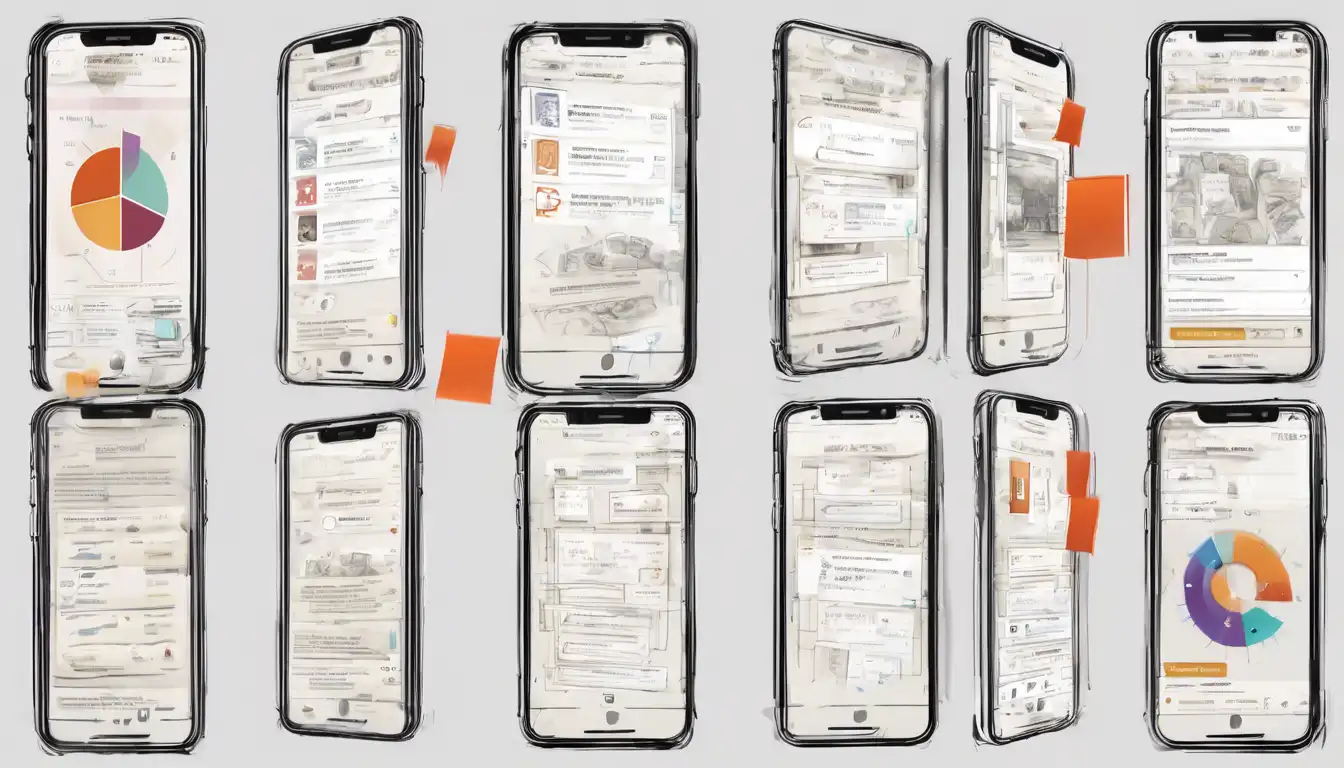Understanding the Mobile App Development Process
Building a successful mobile app requires a clear understanding of the development process. It's not just about coding; it's about creating a product that meets user needs and stands out in the competitive app market.
Step 1: Market Research
Before diving into development, conduct thorough market research. Identify your target audience, analyze competitors, and understand market trends. This step ensures your app fills a gap or improves upon existing solutions.
Step 2: Define Your App's Purpose
Clearly define what your app will do. Whether it's solving a problem, providing entertainment, or offering a service, your app's purpose should be clear to potential users.
Designing Your Mobile App
A well-designed app is intuitive and user-friendly. Focus on creating a seamless user experience (UX) and an attractive user interface (UI).
Step 3: Wireframing and Prototyping
Start with wireframes to layout your app's structure. Then, create a prototype to test functionality and design before full-scale development begins.
Step 4: Choosing the Right Development Approach
Decide whether to develop a native, hybrid, or web app. Each has its advantages, depending on your target audience and budget.
Developing Your Mobile App
With a solid plan in place, it's time to bring your app to life through coding and testing.
Step 5: Selecting the Right Technology Stack
Choose the programming languages and tools that best suit your app's needs. Consider factors like performance, scalability, and developer availability.
Step 6: Testing Your App
Testing is crucial to ensure your app is bug-free and provides a smooth user experience. Include various testing methods, such as unit testing, integration testing, and user testing.
Launching and Marketing Your App
Launching your app is just the beginning. Effective marketing strategies are essential to attract users and achieve success.
Step 7: App Store Optimization (ASO)
Optimize your app's listing with relevant keywords, engaging descriptions, and high-quality visuals to improve visibility in app stores.
Step 8: Marketing Strategies
Utilize social media, content marketing, and paid advertising to promote your app. Engaging with your audience and gathering feedback is also key to continuous improvement.
Maintaining and Updating Your App
Post-launch, regularly update your app to fix bugs, add new features, and stay ahead of competitors. Listening to user feedback is essential for long-term success.
Building a successful mobile app is a challenging yet rewarding journey. By following these steps and staying committed to quality and user satisfaction, you can create an app that stands out in the crowded mobile marketplace.
